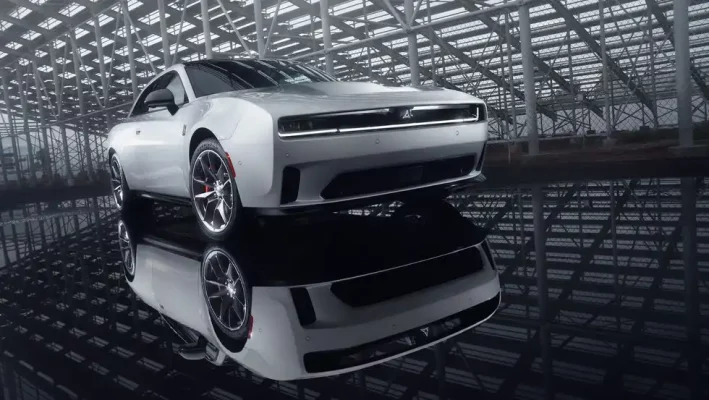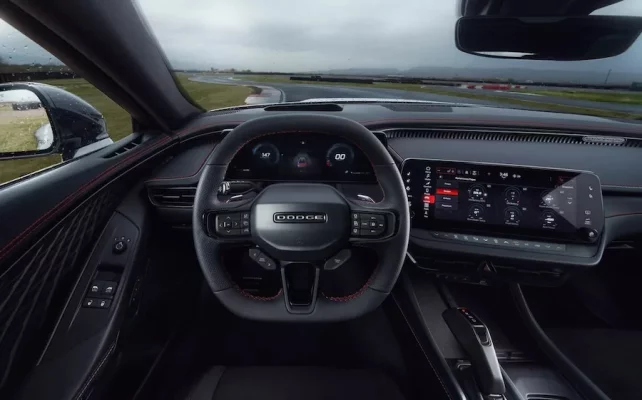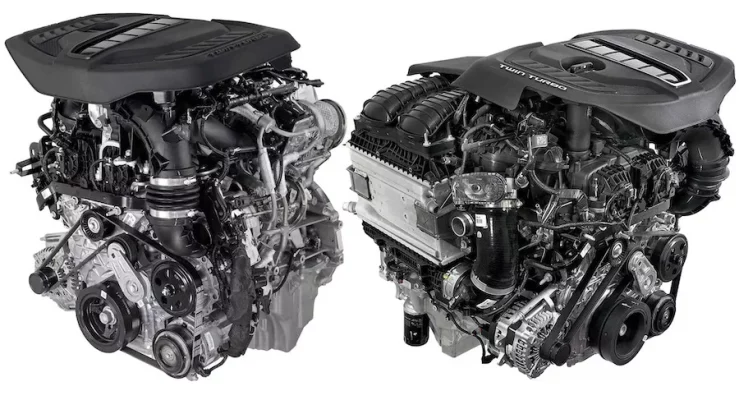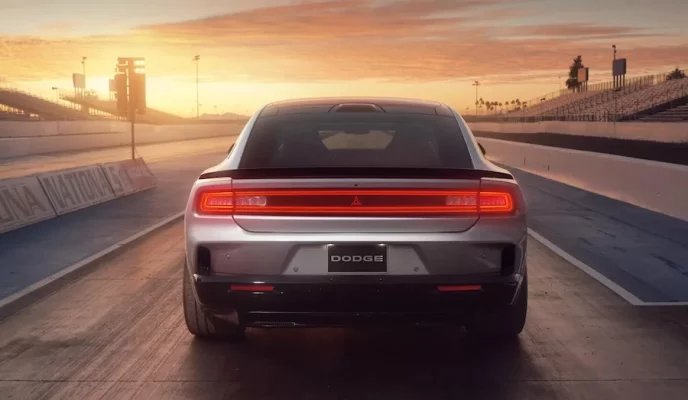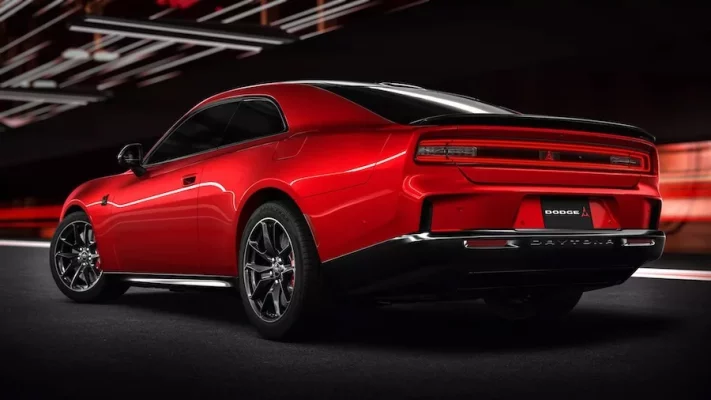Two years after the debut of the Charger Daytona SRT concept car, Dodge finally released a new production version of the 2024 eighth-generation Dodge Charger Daytona. The new-generation Charger is equipped with a new chassis platform and provides EV pure electric power for the first time, and the return of the two-door model has excited fans even more.
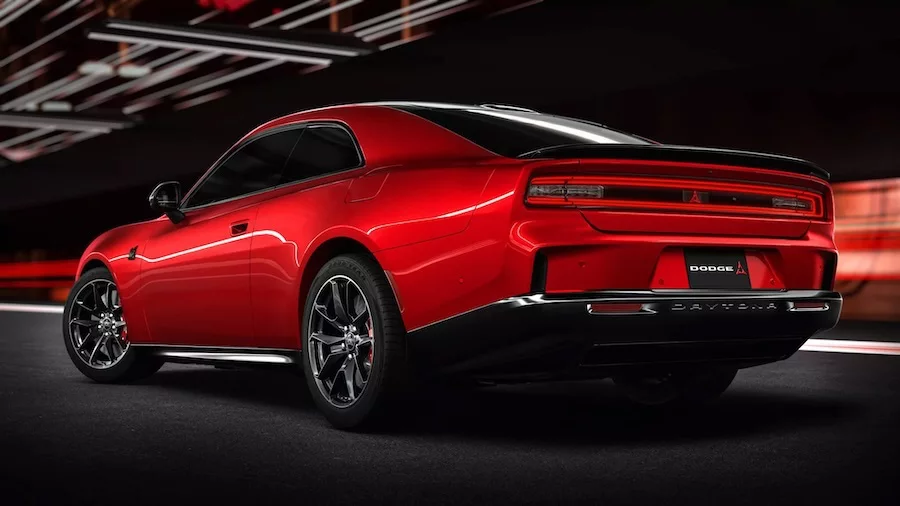
Engine with two output settings of 420 horsepower and 500 horsepower maximum horsepower, The Charger, a four-door sedan powered by an internal combustion will be released next year. Models including high-performance grades and different settings will be launched in the next few years. The 2024 Dodge Charger Daytona replaces the old Charger and Challenger. Both two-door and four-door models are equipped with the same 3,074mm wheelbase, which is only 20mm longer than the old Charger, but the overall body length increases by more than 203mm to 5,248mm. The new Charger is also nearly 127mm wider than the old Charger and Challenger. The new-generation Charger is even longer and wider than the short-axis version of the Mercedes-Benz S-Class flagship sedan. It’s no wonder that the electric version of the Charger weighs as much as 2,648 kilograms.
Advertisement
The 2024 new-generation Dodge Charger Daytona is equipped with a new STLA Large modular chassis platform. Dodge will launch more Charger models and power options in the future, including a high-performance Banshee model with a two-speed transmission that will challenge the Tesla Plaid. The other six 400-volt battery configuration models will all use the same dual-motor configuration, single-speed gearbox and 100 kWh battery pack, and will provide different power outputs.
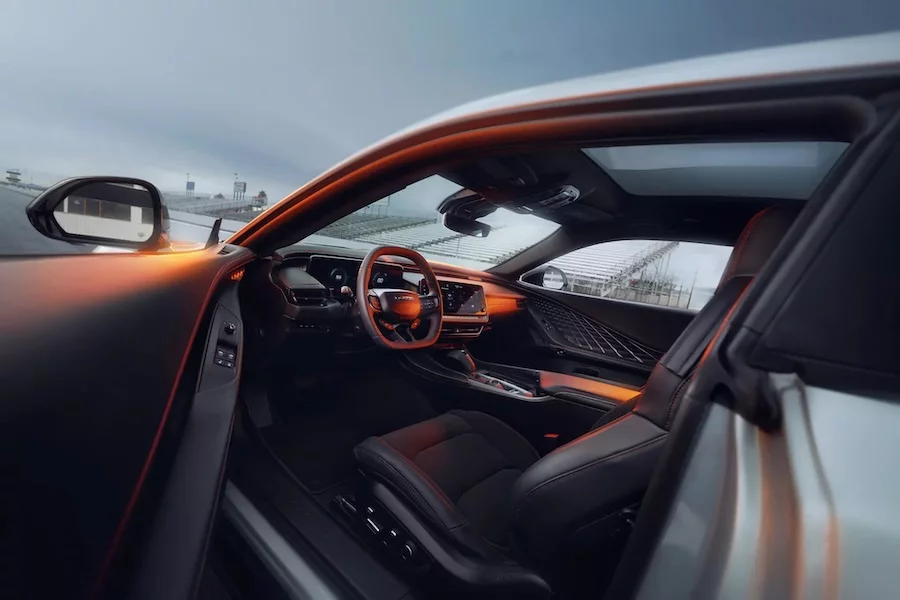
The Dodge Charger R/T, which has been upgraded to Stage 1, has a maximum horsepower of 496 horsepower and a peak torque of 55.88 kilograms. It can accelerate from 0 to 96 kilometers per hour in 4.7 seconds and accelerate to 1/4 mile in 13.1 seconds. Upgrading the Scat Pack and Stage 2 package will unlock 670 horsepower and 86.68 kilograms of peak torque, reducing the 0 to 96 kilometers per hour acceleration time to 3.3 seconds, and the 1/4 mile zero-four acceleration time is also shortened to 11.5 seconds. . The above acceleration results must be achieved using Power Shot mode, which provides the vehicle with an additional 40 horsepower assist for 15 seconds.
The Dodge Charger R/T has a driving range of 510 kilometers, while the Scat Pack model has only 418 kilometers. If using the Level 2 charging system, both cars will need 411 minutes to charge the battery from 5 to 80%; while using a 350kW power supply, it will take 32.5 minutes. Dodge has not announced whether the Charger will be able to use Tesla’s Supercharging network, nor has it confirmed when it will switch from CCS charging ports to NACS charging ports.
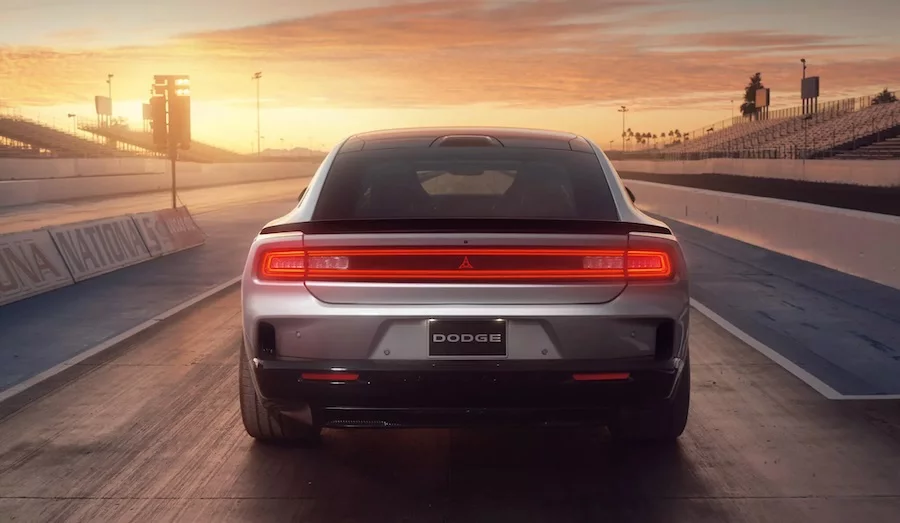
Both Daytona models are equipped with Dodge’s Fratzonic Chambered Exhaust simulated exhaust sound system. Unless the driver activates stealth mode, the vehicle’s simulated exhaust sound will be as loud as the old Charger Hellcat, and the simulated sound will change depending on the driving mode selected by the driver and the driving style.
The entry-level Charger R/T is equipped with an R/T logo on the front leaf and is equipped with 18-inch Tech Silver wheels as standard. The Scat Pack model is equipped with a racing bee logo on the front leaf and is equipped with 20-inch Satin Carbon wheels. In the cockpit, both models are equipped with a 12.3-inch central entertainment information touch screen, but the R/T model is equipped with a 10.25-inch digital instrument, while the Scat Pack model is upgraded to a 16-inch digital instrument. Non-woven seats are standard and black or red Nappa leather seats are available, as well as sports seats as an option. The front trunk space is 42.5 liters, while the rear seats can be folded down to provide 1,090 liters of storage space.
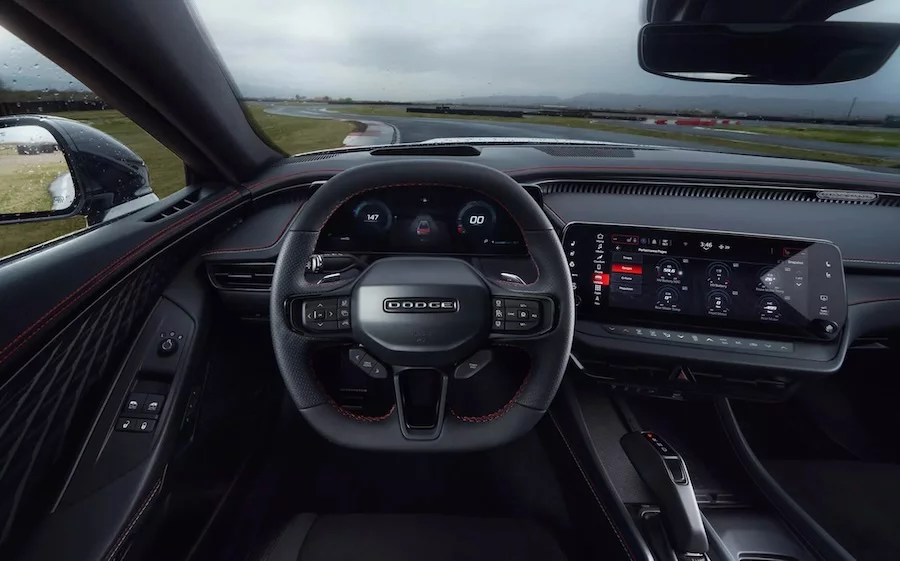
Hurricane inline six-cylinder engine in early 2025 In terms of internal combustion engine power, dealers across the United States will begin to offer two models equipped with the same Stellantis . Current Jeep, Ram and many SUV models are already equipped with this power system. The price of the new-generation internal combustion engine-powered Charger will be more affordable than pure electric models. The entry-level Charger Sixpack SO model is equipped with a 3.0-liter twin- turbocharged 6-cylinder gasoline engine with a maximum horsepower of 420 horsepower. According to the original manufacturer, the power of this model has exceeded the 375-horsepower output of the 5.7-liter naturally aspirated Hemi V8 engine; high-end Charger Sixpack HO model power will be increased to 485 horsepower.
Charger R/T drivers can press the button on the steering wheel to switch between Auto, Eco, Sport, Wet/Snow and Track driving modes. The car also has Line-Lock independent front wheel braking and ejection start functions. The high-end Scat Pack model also has a Donut Mode that provides three sideslip angle choices.
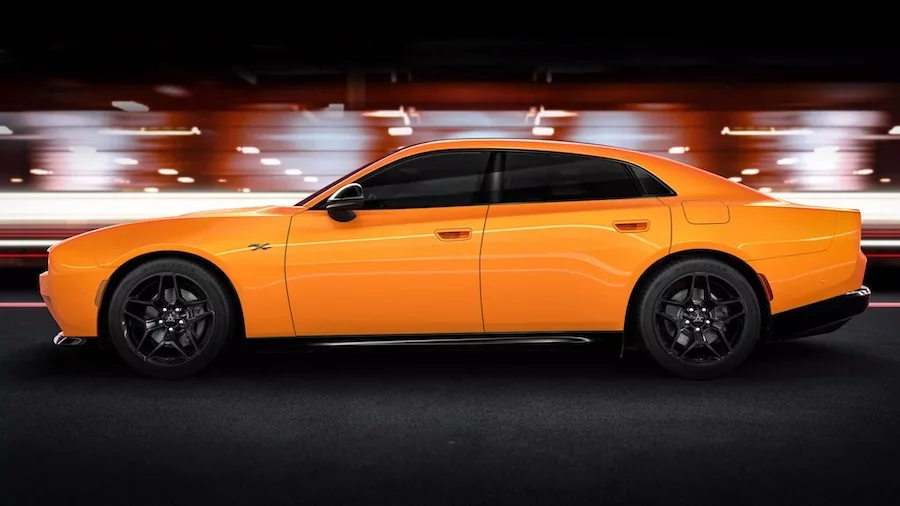
The Scat Pack model can also be equipped with an optional Track Package, which includes 16-inch Brembo brake discs, six front and rear four-piston calipers, Goodyear Eagle F1 Supercar 3 performance tires, active suspension systems, and a driving recorder, camera microphone and Data logger for driving experience recorder. In addition to the Track Package, Charger will also gradually add Plus Group, Blacktop, Carbon & Suede and Sun & Sound packages to provide optional features such as 360-degree surround view and head-up display.
It is estimated that the price of the entry-level Charger R/T electric model launched this fall will start at least US$50,000, while the Scat Pack model will be close to US$60,000. Later, the internal combustion engine-powered Charger, which will be added to the lineup in early 2025, which will be cheaper.
Photos: The Next-Gen Dodge Charger (Official Website)

